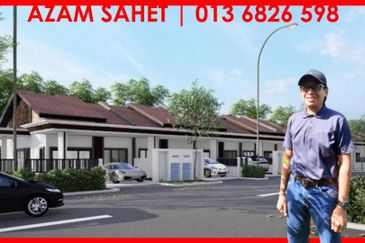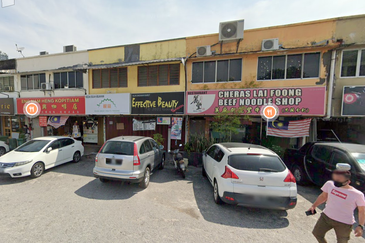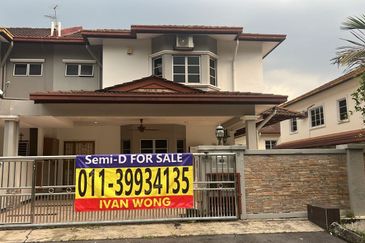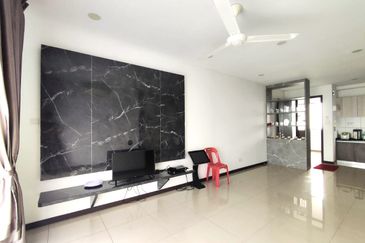
HIGH property prices have been an issue, especially for first-time homebuyers, for a while now. In fact, research houses and think tanks, including Khazanah Research Institute and the US-based Demographia, have described property prices in Malaysia as unaffordable.
Recognising the seriousness of the issue, various programmes have been implemented by the federal and state governments. For instance, property developers in various states are required to build affordable housing within their township developments while Perbadanan PR1MA Malaysia is building such homes on behalf of the federal government.
In the revised Budget 2016 announced on Jan 28, the federal government has introduced yet another measure to help first-time homebuyers — effective immediately, sales of new houses priced below RM300,000 are restricted to this market segment.
So, will the new policy address the problem of affordability for first-time homebuyers? The reaction from analysts and real estate agents has been mixed.
According to Roja Rani Applanaidu, head of research and consultancy at Zerin Properties, the new policy should help first-time homebuyers purchase affordable homes as it eliminates other people who already own properties from entering the market, thus reducing competition in the segment.
MIDF Research feels the new policy will be neutral for the property developers under its coverage because most new launches are priced at more than RM300,000, especially in Kuala Lumpur, Selangor, Penang and Johor. “Nevertheless, the measure shows the government’s seriousness in improving house ownership among first-time buyers. There will be less competition with speculators for such houses,” it says in a Jan 29 note.
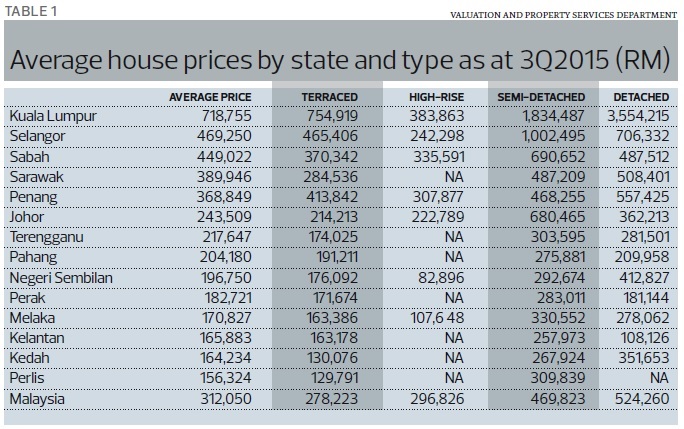
The sceptics, however, say the measure does not address the crux of the matter, namely land and construction costs, and financing for first-time buyers. In fact, they believe it will discourage developers from building houses priced less than RM300,000 as these can only be sold to a segment whose credit standing may be too weak to secure financing.
“The core issue is availability and land cost. The latter usually takes up about 30% of the project cost and strategic land doesn’t come by easily, especially in the cities. At current land prices, it is just not viable for a property developer to sell houses at less than RM300,000 in major cities,” remarks a real estate agent.
Data provided by the Valuation and Property Services Department shows that the average property price in Kuala Lumpur, Selangor, Sabah, Sarawak and Penang was more than RM300,000 as at the third quarter of 2015 (see Table 1).
According to TheEdgeProperty.com, new properties in the far-flung corners of the Klang Valley, such as Bangi and Sepang, are being launched at more than RM300,000.
While land cost is the main reason for the high prices of residential properties in Kuala Lumpur, Selangor and Penang, building material cost may be fuelling property prices in Sabah and Sarawak, thanks to the cabotage policy — where only locally registered ships are allowed to serve domestic ports in Malaysia — imposed by the federal government. This adds to the logistics cost of goods, in this case, building materials.
The high average property price is worrying because it shows that new launches are getting pricier.
Often, connectivity via a safe and reliable public transport system is touted as an enabler for young people to live in the outskirts of urban areas, where property prices are relatively low. The problem is, public transport in major urban areas is not efficient or sufficient yet.
“If someone who lives in Cheras can get to Damansara in 20 minutes using public transport, he wouldn’t mind living there. There are also places close to the city that can be redeveloped into affordable housing areas,” says the real estate agent.
An analyst says the RM300,000 policy is merely the government paying lip service as it does not really address the issue of housing affordability, and cites the lack of strategic land and financing as big concerns.
She opines that the government should auction its land for housing priced at less than RM300,000. In Bandar Malaysia, for example, a quarter of the land should be reserved for affordable housing, she says.
“The investors can always recoup their investments if the government allows a high plot ratio in Bandar Malaysia. We have seen new developments in the city, such as the Tun Razak Exchange (TRX), given a plot ratio of up to 20 times, so the government should do the same for Bandar Malaysia. A quarter of the latter development could house at least 2,000 families,” she adds.

The 486-acre Bandar Malaysia has an average plot ratio of 4.05 times while the entire TRX has an average plot ratio of 6.8 times, although pockets of land in the latter have received approval for as high as 15 times gross floor area.
To be fair, the federal government, through Perbadanan PR1MA, has launched affordable housing in such areas as Sepang, Sungai Besi and even Bukit Bintang in the Klang Valley, and Johor Baru, Pasir Gudang and Melaka in the southern region.
These houses are priced at less than RM300,000, according to PR1MA’s website.
The analyst also raises the question of financing. This is because first-time homebuyers, especially those who have just entered the workforce, find it hard to secure financing even for houses priced less than RM300,000.
According to Bank Negara Malaysia’s statistics, on average, only 50% of loans applied for the purpose of residential purchase between 2012 and 2015 were approved by banks (see Table 2). This is because of the central bank’s regulation of approving financing only for those with a debt-to-net income ratio of less than 75%.
This regulation was introduced in 2012 to mitigate the growth of Malaysian household debt, which in 2014 stood at 87.9% of gross domestic product — among the highest in Asia.
“Even if there are houses that are priced at less than RM300,000 in the major urban areas, the banks may not be able to provide first-time homebuyers, especially those earning entry-level salaries, with financing,” says the analyst.
The average income per month in Kuala Lumpur, Selangor, Johor and Penang — the main job and property markets in Malaysia — was RM10,629, RM8,252, RM6,207 and RM5,993 respectively (see Table 3). This includes people earning high salaries and doing business.
The Real Estate and Housing Developers Association (Rehda) agrees that a more flexible financing regulation should be introduced to help first-time homebuyers purchase property.
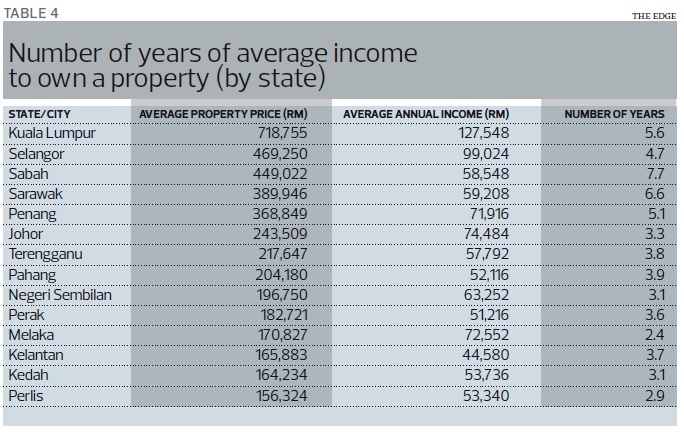
In a statement following the announcement of the revised budget, the association said loan rejections among first-time homebuyers was rising. “Rehda also appreciates the government’s efforts to ensure that there is sufficient provision of affordable housing. The limitation of sale for houses priced up to RM300,000 for all new housing projects to first-time buyers only may be a good move but Rehda has yet to find out the details and will study the facts carefully before making any more comments,” said president Datuk Seri F D Iskandar.
Observers note that the new policy will distort the property market in states such as Terengganu, Pahang, Perak, Kelantan and Kedah, where the average property price is less than RM300,000. This is because the developers in these states, which are mainly small and medium-sized, would find it hard to sell units that are priced less than RM300,000 if only first-time homebuyers are allowed to buy them.
Many parties have also urged the government to address the mismatch in the supply and demand of properties. While the government has come up with programmes and regulations to address the problem, it looks like it is far from over.
This article first appeared in The Edge Malaysia on Feb 8, 2016. Subscribe here for your personal copy.
TOP PICKS BY EDGEPROP
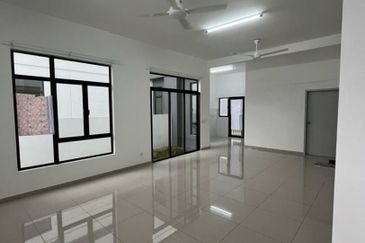
Regent Garden @ Eco Grandeur
Bandar Puncak Alam, Selangor

Bandar Puncak Alam
Bandar Puncak Alam, Selangor

Tate Dalton @ Eco Botanic 2
Iskandar Puteri, Johor
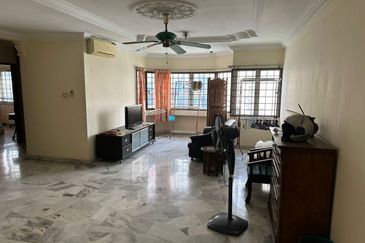
De Tropicana Condominium
Kuchai Lama, Kuala Lumpur
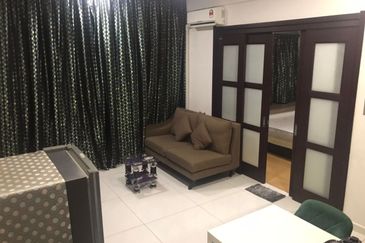
Baypoint @ Country Garden Danga Bay
Johor Bahru, Johor

Amberside Country Garden @ Danga Bay
Johor Bahru, Johor



